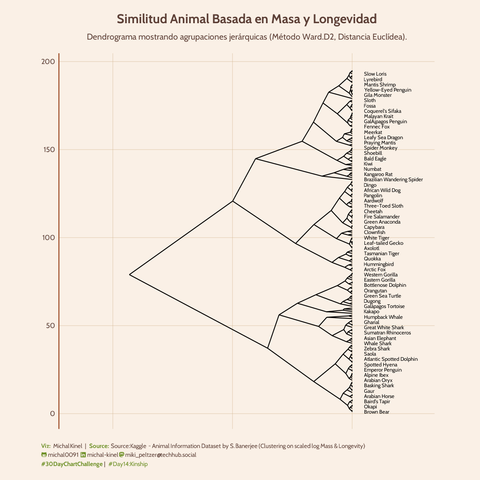#IntroductionPost #aboutme #lifehistory
TL;DR: read my profile bio jeez
"Gifted child" turned into terminally online sonic fan, who eventually jumped ship to furry fandom for... uh... many reasons. At least they taught me to read and somewhat speak English!
Always liked being able to customize games and experiences, from age 10 I started by replacing sprites in GBA games and modifying Gamemaker games. This turned into an affinity for tech and programming, as I saw it as sort of our world's version of magic (Write a spell and your magic box will do it kinda thing)
Throughout highschool I got to learn how to work different workshop tools for carpentry, as well as more coding-related stuff like coding in C for arduinos and building simple mobile apps for our "science-fair".
Towards the end of highschool, the oculus dk1 was announced, and I got stupidly hyped about the idea of VR. So much so in fact that I ended up building my own google cardboard before google cardboard! It was terrible and laggy, but a phone, some wood and a wiimote/airmouse was enough to fool VR demos into working! Thus began a mixed hobby-career of art and tech.
I was drawing a lot in class, and by the time I started uni I had a drawing tablet and some decent enough skills to see all that I could learn. When I got hooked into VR, that energy went into 3D modelling: I saw that JanusVR (cool 3d web browser prototype!) supported custom playermodels and a week flew by me just learning to stitch together pieces of models downloaded from the internet. I had my first furry 3d avatar, and it was gloriously crunchy, but it was mine.
During uni I studied what you would expect a CS major to learn, and got into making little ESP projects + a bunch of scripting for setting up machines to be servers because docker + winXP is a no go lol. I enjoyed my time there, but it always felt like I was being shoved into Web Development.
And that's exactly what I've worked as for 4 years, a fullstack web dev. It's been a wild ride, but I still continued to enjoy my artistic hobbies, and ended up even making commissions for VRChat avatars! I keep remaking my own 3D model like a fursuiter keeps improving their main suit (or making more), so I'm always changing a little bit. Very happy with my current iteration.
I have a nice long story about trying to flee my country and working in Japan, but that would make this post way longer than it already is, so just know that I've had to look for a job back home again for 6 months, and at the time of writing finally got it! Excited for the future!
I like seeing old webcore designs for themes, apps, sites or even just frontends for modern stuff, so please do share your custom MSN-lookalike discord clients and your win98-looking linux installs! It's a breath of fresh air in the sea of bland corporate designs.
Hope this wasn't too long for you, and feel free to reply to this message with questions if I got you curious about my life or hobbies!


